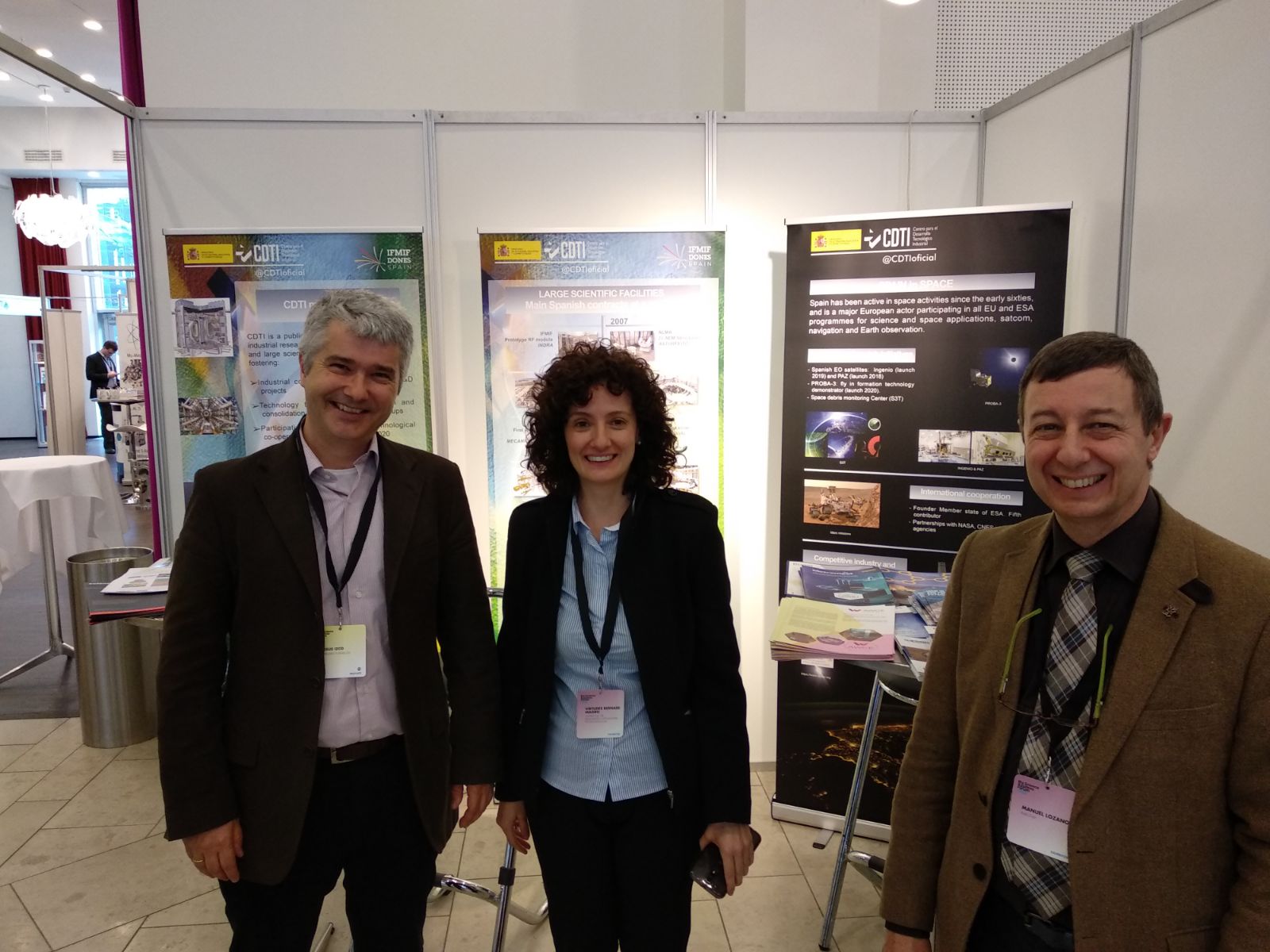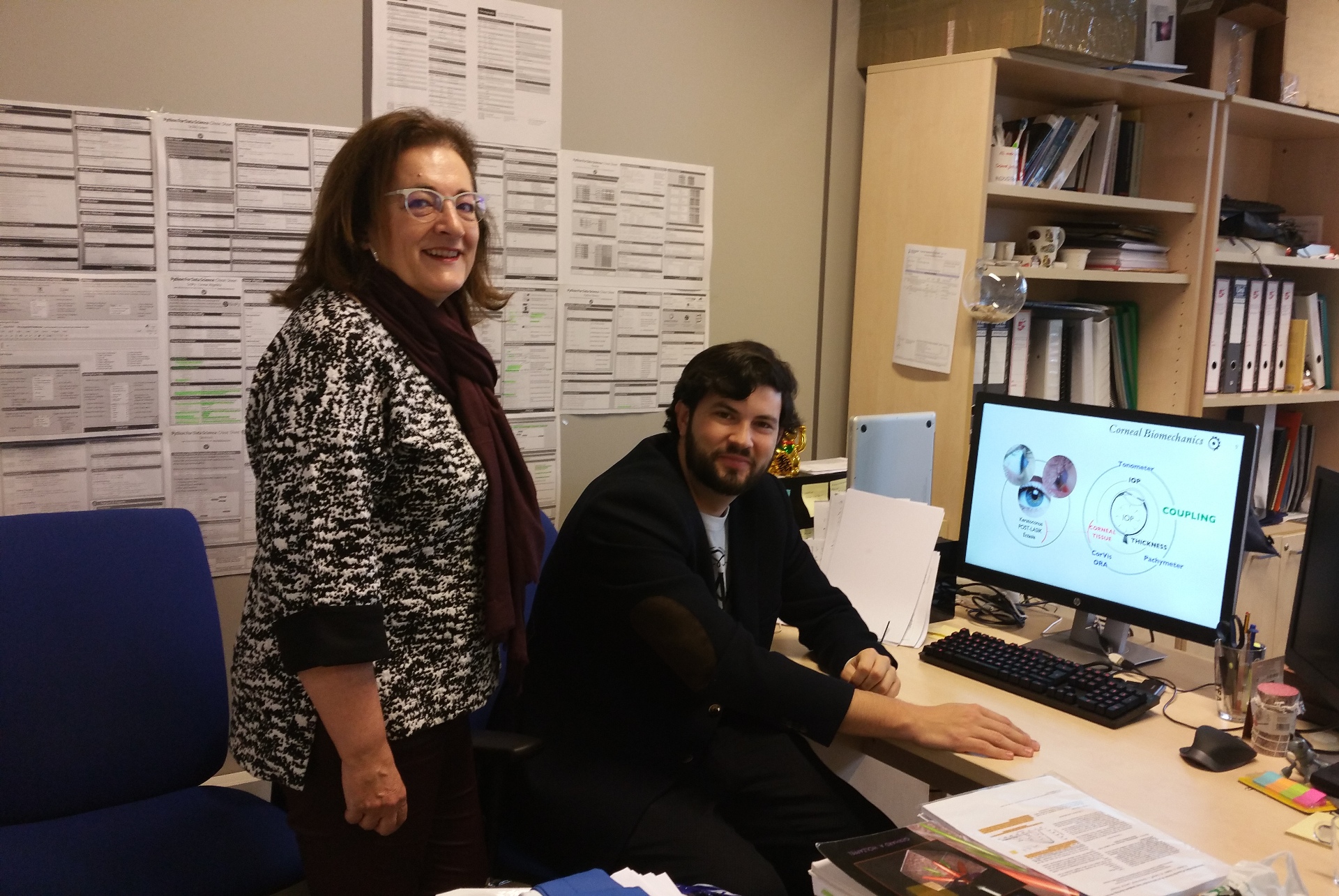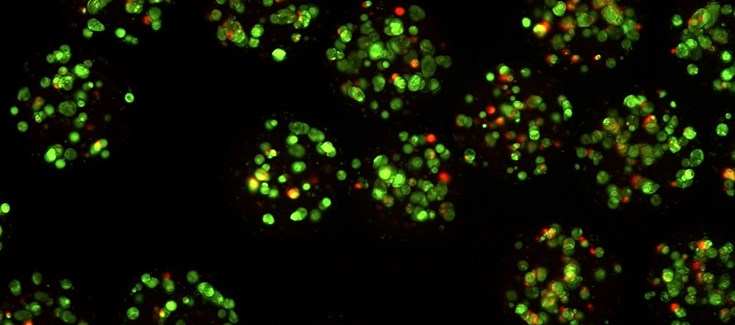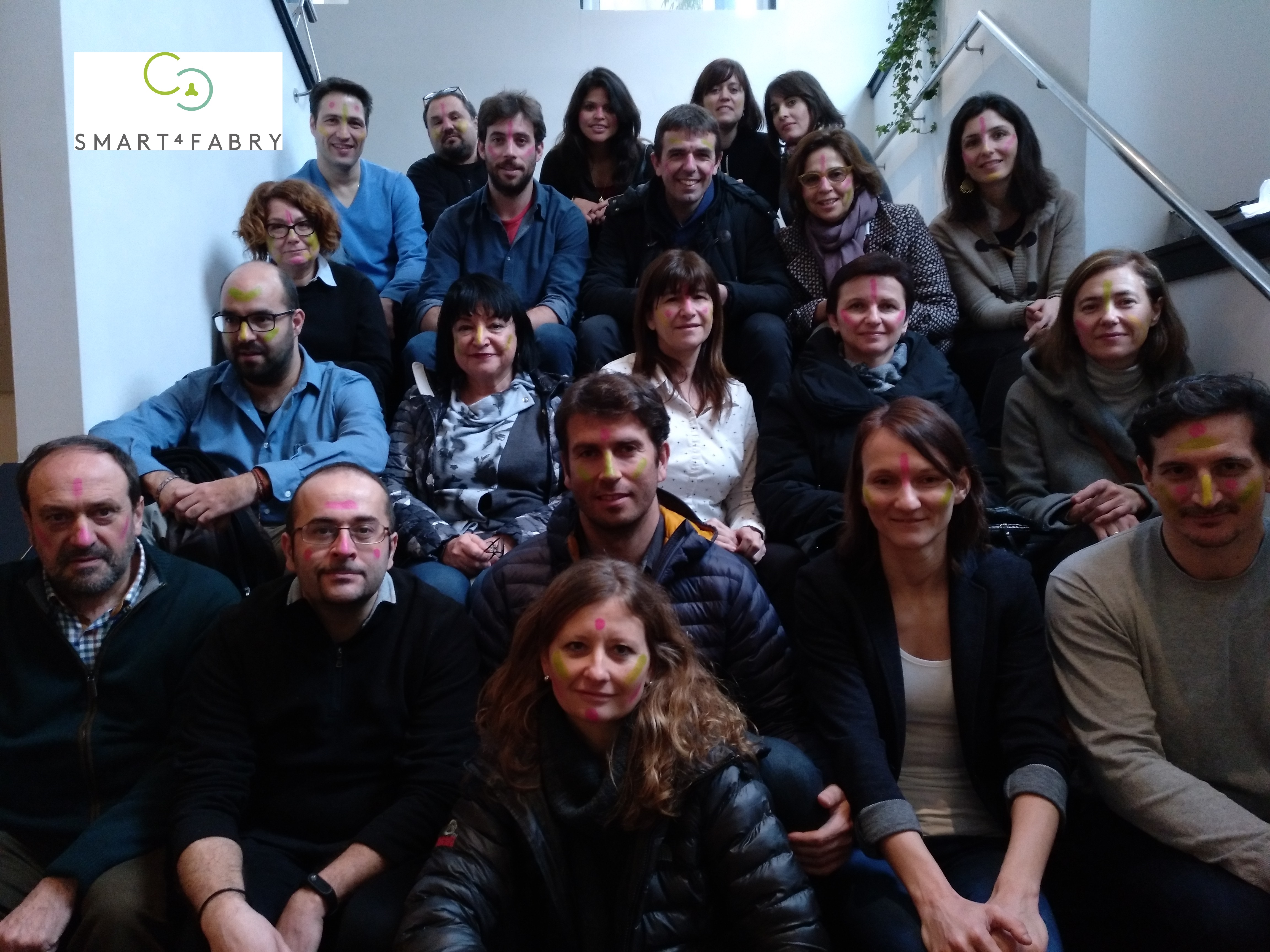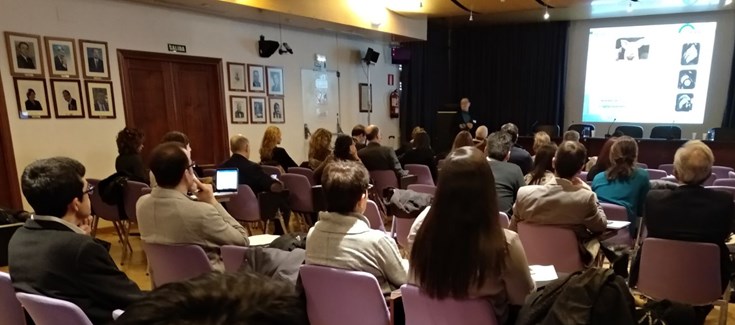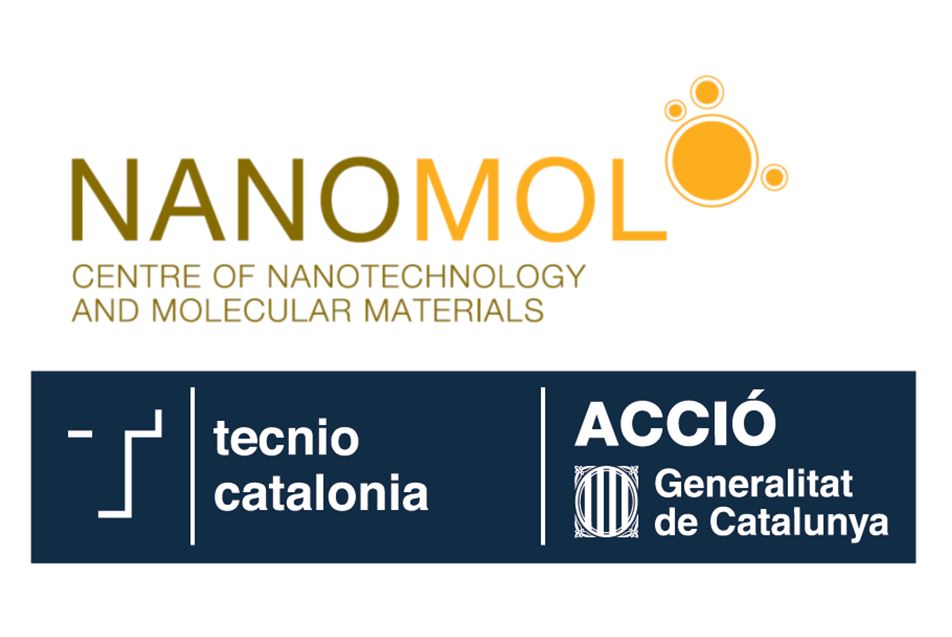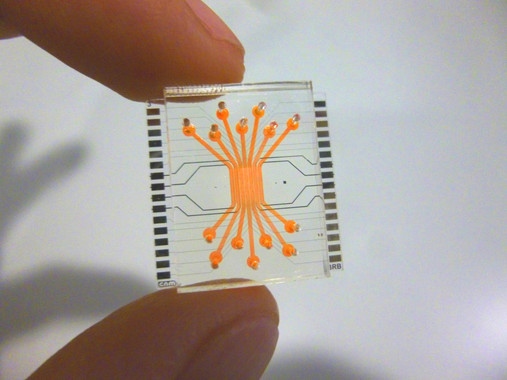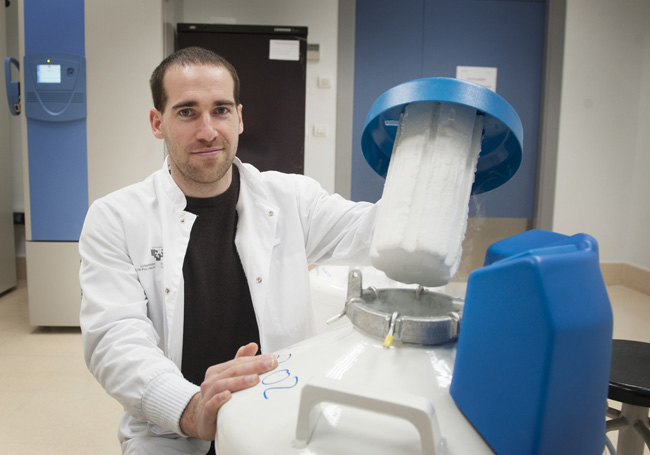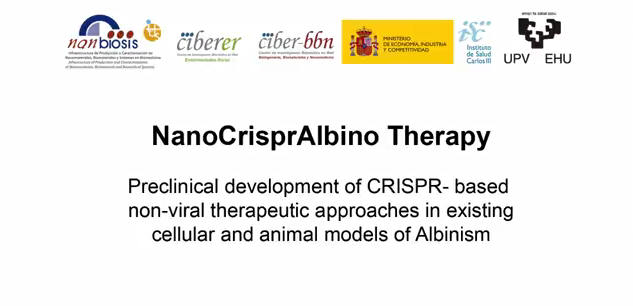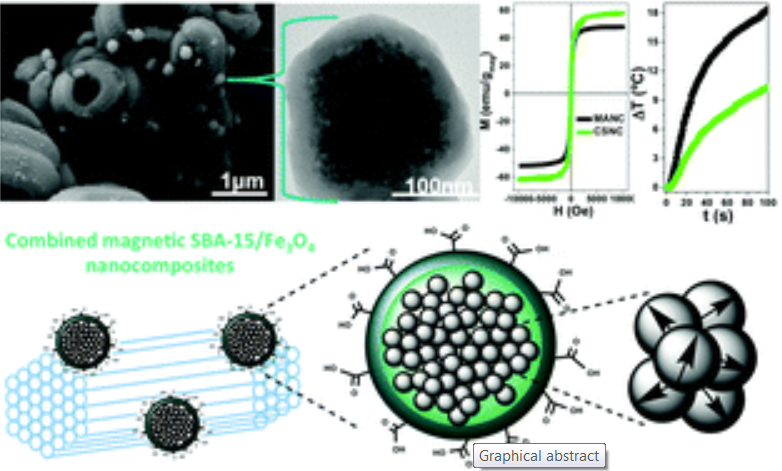NANBIOSIS participated in the Big Science Business Forum 2018 in Copenhagen
During the days 26-28 of February took place in Copenhagen, Denmark the Big Science Business Forum 2018 in which NANBIOSIS was present.
Big Science is the term that is used to designate research efforts of great magnitude, due to its high cost, complexity and scientific importance. Scientific progress is increasingly based on large-scale projects, with increasingly global scientific projects and increasingly collaborative research.
The Big Science Business Forum 2018 brought together more than 650 delegates from 25 countries, and representatives of more than 250 companies, being an important event to know business opportunities in the coming years as well as to establish Networks, with more than 1000 central players and 800 individual 1-1 business meetings.
In the photo, together with representatives from CDTI, Jesús Izco, Coordinator of NANBIOSIS a Large Scale Facility (ICTS), and Manuel Lozano, Director of CNM-CSIC, which houses another ICTS: the “Integrated Micro and Nanofabrication Clean Room”,
The Integrated Clean Room for Micro and Nano fabrication (SBCNM) is a Large Scale Facility (ICTS) dedicated to the development and application of innovative technologies in the field of Microelectronics together with other emerging Micro/Nanotechnologies. It is embedded administratively in the Centro Nacional de Microelectrónica – Instituto de Microelectrónica de Barcelona – (IMB-CNM), a research centre belonging to the Spanish Council of Scientific Research (CSIC). It is an open access facility that aims at helping national and international research groups to carry out R&D activities thanks to the availability of a set of complete micro and nanotechnologies and processes housed in a highly specialised Clean Room environment devoted to R&D&i of excellence, and driven by an expert team. Such support ranges from technology awareness to the development of basic demonstrators, or small series of prototypes.
NANBIOSIS is a distributed ICTS for the design and production of biomaterials, nanomaterials and devices to their preclinical validation, integrated by the Center for Biomedical Research of Bioengineering, Biomaterials and Nanomedicine (CIBER-BBN) and the Center for Minimally Invasive Surgery Jesus Usón (CCMIJU ). NANBIOSIS consists of 27 units coordinated under a single window model. Together, these units offer a complementary service that includes the design, production of biomaterials and nanomaterials and the characterization of these bio and nanomaterials, tissues, devices and medical systems from a point of view, physical-chemical, functional, toxicological and biological (including preclinical validation), focused on biomedical applications, which allows for the development of a therapeutic agent until it reaches preclinical validation under the coordination of some of the best Spanish research groups in bioengineering, biomaterials and nanomedicine.
